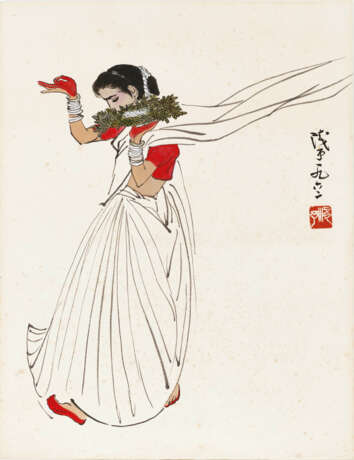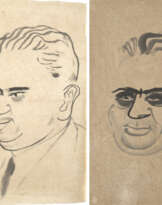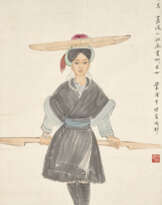ID 770332
Лот 1059 | YE QIANYU (1907-1995)
Оценочная стоимость
HKD 50 000 – 80 000
| Автор: | Е Цяньюй (1907-1955) |
|---|
| Автор: | Е Цяньюй (1907-1955) |
|---|
| Адрес торгов |
CHRISTIE'S 18 Chater Road Central Hong Kong Гонконг | ||||||||||||||
|---|---|---|---|---|---|---|---|---|---|---|---|---|---|---|---|
| Предосмотр |
| ||||||||||||||
| Телефон | +85227601766 | ||||||||||||||
| Факс | +852 2760 1767 | ||||||||||||||
| Условия использования | Условия использования | ||||||||||||||
| Часы работы | Часы работы
|








